AWPC: No proper fauna surveys before rezoning land for housing
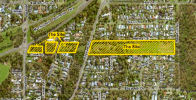 This week Craig Thomson, President of the Australian Wildlife Protection Council, is working on a submission to oppose the rezoning of Melbourne Water land in Rosebud South. Unfortunately he has run into problems getting appropriate ecological information about the site. He wonders if the State Government and Melbourne water have deliberately made the ecological report unavailable. The fauna report relies solely on a habitat assessment and a desktop study for threatened species.
This week Craig Thomson, President of the Australian Wildlife Protection Council, is working on a submission to oppose the rezoning of Melbourne Water land in Rosebud South. Unfortunately he has run into problems getting appropriate ecological information about the site. He wonders if the State Government and Melbourne water have deliberately made the ecological report unavailable. The fauna report relies solely on a habitat assessment and a desktop study for threatened species.
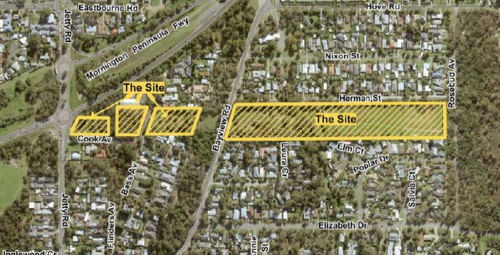
AWPC President, Mr Thomson, says that the absence of on ground fauna surveys is very alarming that there was no on ground fauna surveys. He asks,
"Is this now what happens when the state government tries to fast track rezoning crown land for commercial profit. Or, worse, has it become common practice? It seems like a little of both. Either way this lack of survey will miss the Eastern grey kangaroos, koalas, swamp wallabies and echidnas that survive on this urban fringe. It also misses the potential for threatened species to be present on site. Any potential development on this site could be the difference between extinction or survival of local biodiversity."
"That is is not good enough."
See the information provided below. For more about the site go to http://www.dtpli.vic.gov.au/planning/about-planning/planning-services-directory/fast-track-government-land-service/181-jetty-road,-rosebud.
How to make a submission
All submissions must be directed to the Advisory Committee and will be treated as public documents. If you would like to make a presentation at the Public Hearing, you must make a written submission and complete the relevant section of the online form.
Make your submission and comments here before 9 December 2016
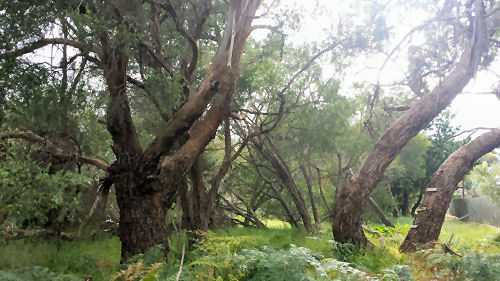
ABZECO Biodiversity Assessment Report 16048 South East Outfall Pipeline: Jetty Road to Rosebud Avenue, Rosebud V1.0-August2016 pg22
5 Fauna
A fauna assessment of the study area consisted of an on-foot field survey of habitat quality and a desktop assessment of the likelihood of fauna species of conservation significance occurring within the study area. A detailed zoological survey comprising a range of techniques over different seasons was not undertaken for this study as it was beyond the scope of works.
5.1 Pre-existing information search
The Victorian Biodiversity Atlas (VBA) was queried for threatened fauna species recorded within a 5 km radius of the study area (DSE 2013a). Appendix 4 provides the results of this query.
The Environment Protection and Biodiversity Conservation Act 1999 Protected Matters Search Tool (PMST) on the Commonwealth Department of Environment (DoE), website was queried to determine if any protected fauna related matters not reported in the VBA query are considered likely to occur within the study area. Species identified in the EPBC query are presented in Appendix 5.
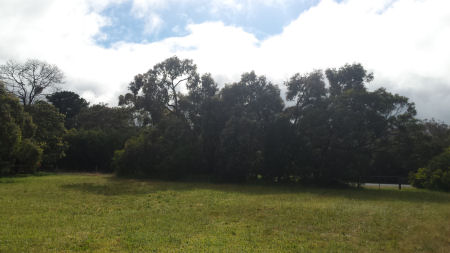
5.2 Fauna Habitat
Vegetation in the study area is likely to provide suitable foraging and nesting habitat for a range of common fauna species such as common woodland birds and arboreal mammals such as Common Ringtail Possum Pseudocheirus peregrinus. However, based on habitat requirements for a range of threatened fauna species that are known to occur locally and the poor site condition and fragmented landscape, it is considered unlikely that the vegetation on the site would serve as critical or limiting habitat for significant fauna species.
The majority of threatened fauna species previously recorded within the 5km search area or predicted to occur are considered unlikely to utilise the study area. The low likelihood rating is based on various factors including, lack of suitable habitat, lack of recent database records or the predicted location being outside of the known habitat range of current species populations. One listed species, Powerful Owl Ninox strenua occupies a large home range and as such may utilise sections of the study area for occasional foraging. However vegetation throughout the site is considered unlikely to provide limiting or critical habitat for this species as the site supports few large or hollow bearing trees.

 Australian Wildlife Protection Council asks Mornington Peninsula Council to investigate potential breaches at 461-469 Waterfall Gully Rd and also to ensure that important remnant vegetation and heritage listed trees are better protected from property development. At the very least Council should ensure planning applications that are granted to remove indigenous vegetation are required to have wildlife spotters on site and flora professionals the opportunity to collect seed and plant material for environmental revegetation projects.
Australian Wildlife Protection Council asks Mornington Peninsula Council to investigate potential breaches at 461-469 Waterfall Gully Rd and also to ensure that important remnant vegetation and heritage listed trees are better protected from property development. At the very least Council should ensure planning applications that are granted to remove indigenous vegetation are required to have wildlife spotters on site and flora professionals the opportunity to collect seed and plant material for environmental revegetation projects.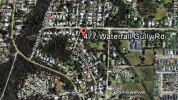 Bearing in mind the recent Crib Point tragedy - a suspected arson attack, with wildlife loss yet to be detailed, one home destroyed and one home damaged plus several sheds destroyed, we have to be more vigilant about how and whether we develop our bushland neighbourhoods more densely. Planning laws allow property owners to remove large amounts of vegetation without permission from their land citing their reason as 'fire protection'. After the vegetation is removed, those property owners may apply to the council for permission to intensify development on the land. Council usually does not deny permission for individual cases. But such individual cases mount up and create a danger which councils and planners may not have seen. The risk is that the granting of denser housing development in a bushland area means that, if there is a fire in the remaining bushland, there will be an increased number of residents needing to evacuate. Increasing population density means that more roads are needed to cope with a fire emergency evacuation. However, densification is being allowed to happen in an ad hoc, case by case fashion, without the building of roads in advance of significant development. No-one is overseeing the total impact.
Bearing in mind the recent Crib Point tragedy - a suspected arson attack, with wildlife loss yet to be detailed, one home destroyed and one home damaged plus several sheds destroyed, we have to be more vigilant about how and whether we develop our bushland neighbourhoods more densely. Planning laws allow property owners to remove large amounts of vegetation without permission from their land citing their reason as 'fire protection'. After the vegetation is removed, those property owners may apply to the council for permission to intensify development on the land. Council usually does not deny permission for individual cases. But such individual cases mount up and create a danger which councils and planners may not have seen. The risk is that the granting of denser housing development in a bushland area means that, if there is a fire in the remaining bushland, there will be an increased number of residents needing to evacuate. Increasing population density means that more roads are needed to cope with a fire emergency evacuation. However, densification is being allowed to happen in an ad hoc, case by case fashion, without the building of roads in advance of significant development. No-one is overseeing the total impact.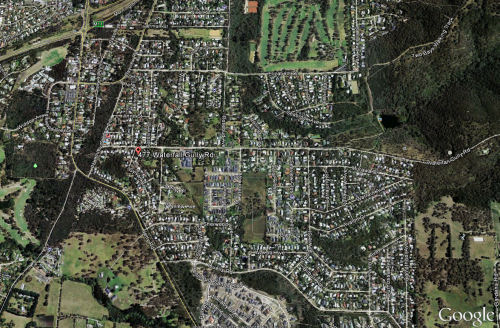
Recent comments